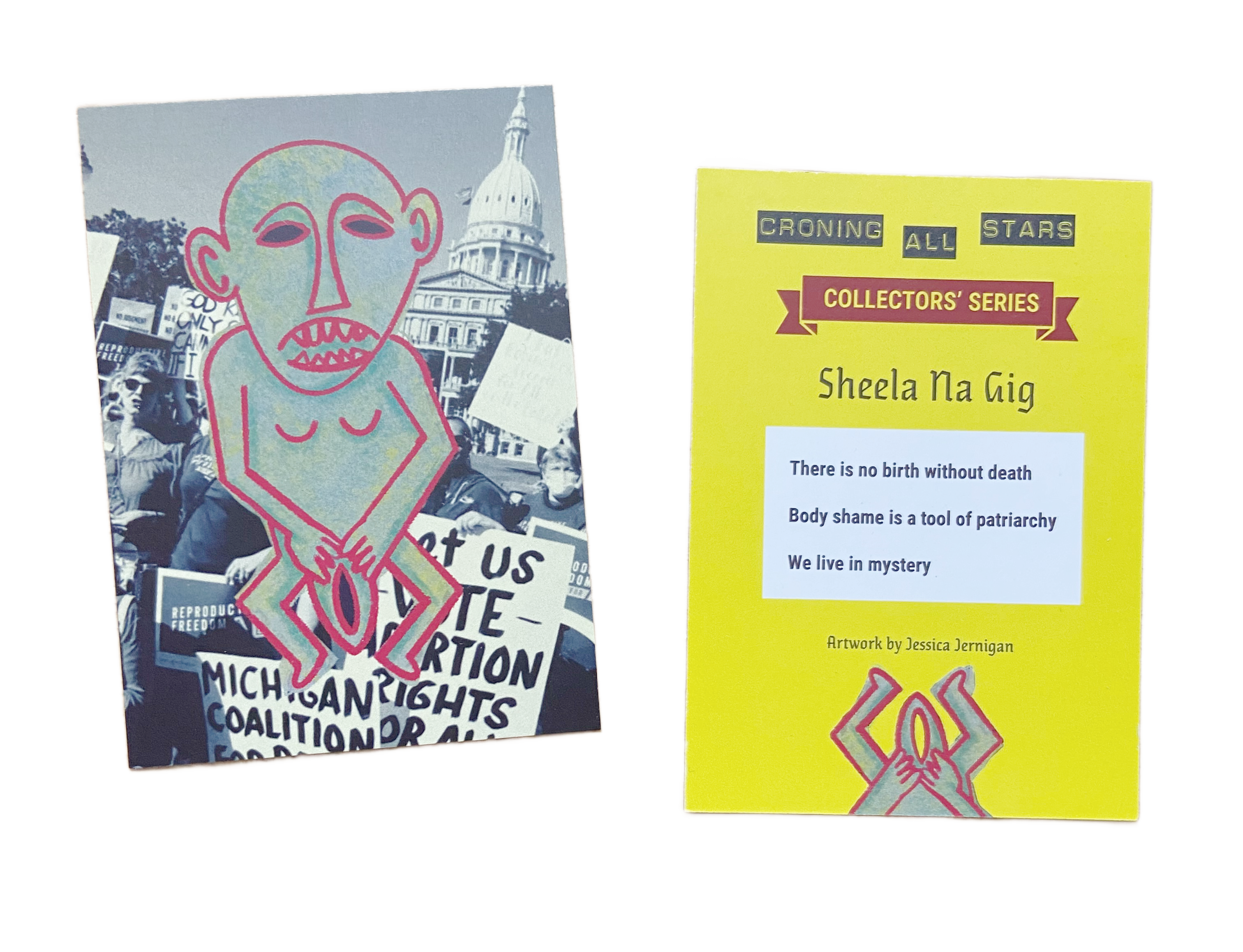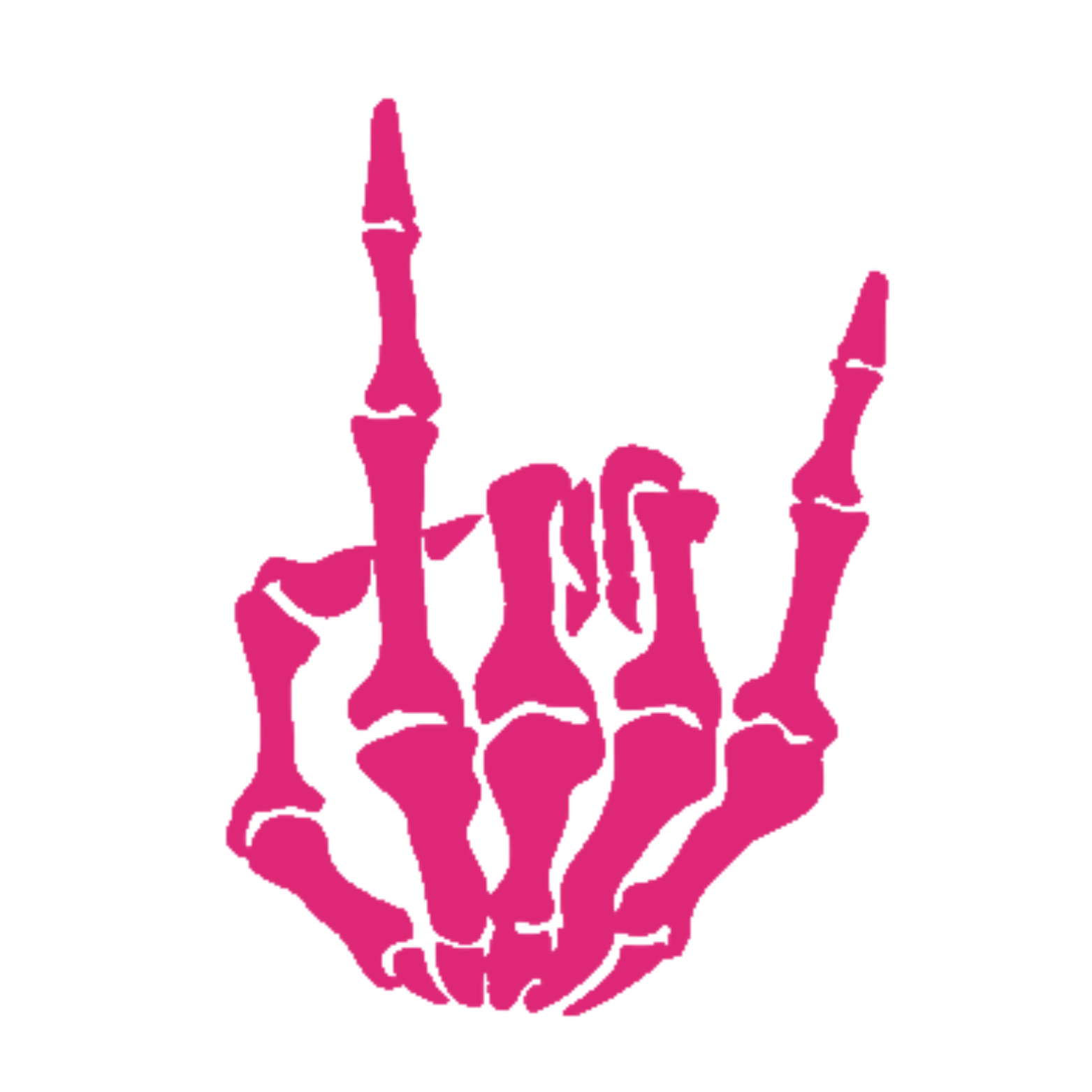13 Days of Sheela Na Gig: Reproductive Justice
I assume you’ve been following Food and Drug Administration v. Alliance for Hippocratic Medicine. Consensus among abortion-rights activists seems to be that there is good news from yesterday’s hearings for those who want protect access to medical abortion, and also bad news—mixed news probably being the best kind of news we can hope for from the Roberts court. Before you read on, please know that I am neither a lawyer nor a legal scholar. I’m just sharing my perspective as an activist.
The good news is that it seems unlikely that the Supreme Court is going to rule in favor of a sketchy organization that seems to have come into existence in 2022 for the sole purpose of suppressing access to abortion. The legal reasoning is that they have no standing—which is to say that none of the plaintiffs involved in the case have been harmed by FDA-approved access to mifepristone and are unlikely to be harmed by FDA-approved access to mifepristone.
The bad news that I—not an expert—can identify is that a ruling on standing doesn’t resolve whether or not this case would have merit with better plaintiffs. A ruling in favor of the plaintiffs in a second, similar case would be catastrophic—and in ways that would reverberate beyond the realm of reproductive freedom. I keep thinking about trying to treat an infection with a low dose of antibiotics: Rather than killing the infection, this just makes the offending bug smarter and more resilient. You don’t have to settle for my half-assed metaphors, though. Dahlia Lithwick and Mark Joseph Stern do a much better job of explaining what I just muddled through in their article for Slate. Jessica Valenti also has an informative take in today’s edition of her indispensable newsletter, Abortion, Every Day.
Beyond the good news/bads news dichotomy there is this article by Washington Post reporter Caroline Kitchener: “Periods, ‘live tissue’: Female justices get specific about women’s health.” I invite you to read the whole thing, but this passage captures the essence of the piece:
In one exchange about whether one of the doctor plaintiffs had standing in the case, Barrett drew a distinction between a procedure to clear out the uterus, known as dilation and curettage (or D&C), when it is performed after a miscarriage and when it is performed after an abortion.
“The fact that she performed a D&C does not necessarily mean that there was a living embryo or fetus,” Barrett said, referring to Christina Francis, an OB/GYN who is the chief executive of the American Association of Pro-Life Obstetricians and Gynecologists and a plaintiff in the case. “Because you can have a D&C after, you know, a miscarriage.”
Soon after this, Kagan and Jackson joined in to back up Barrett — echoing her concerns about standing. At times, the three women even finished one another’s lines of questioning.
I have not suddenly become an Amy Coney Barrett superfan. And I mostly think that the Supreme Court sucks. But I saw a glimmer of… something here. If nothing else, these women were asking questions that their male counterparts were almost certainly never going to ask, either because of ignorance or disinterest. There’s a lot going on beneath the surface of this very public sharing of information that women typically only share with each other—or with no one at all. I find myself wondering what a majority female SCOTUS might look like. Would it rule the way I want it to on every case? Probably not! Would the lived experiences of women inform the court’s decisions in ways they don’t right now? Probably yes!1
This is a free post. Please share.
When I was trying to conceptualize artwork for a Sheela Na Gig trading card for the second issue of Croning, I kept coming back to the work of Project Sheela. These anonymous street artists use the image of Sheela Na Gig to claim—or reclaim—sites that are important in the history of women. My own recent history included a lot of work on Prop 3, the ballot initiative that enshrined reproductive justice in Michigan’s constitution, and I included some imagery related to that fight.

When I look at Sheela Na Gig, I also think about something midwife Mel Bailey says in her essay “Big Vulva Energy” [I gave it that title.—ed.]
Even though I’ve been doing this work for over 20 years, I am still in constant awe of the power of the birthing person. I also have extreme reverence for the individual who determines that they are not a vessel, or that it’s not the right time to carry a life. I ultimately think that this ability to give life or end it is a cause of fear and jealousy among those who do not have it—mostly men.
If there’s anything more important than body autonomy, I don’t know what it is. And this, for me, is one of the meanings of Sheela Na Gig.
I am going to offer the not entirely hot, mostly pretty tepid, take that Alabama’s Supreme Court fucked shit up for all the forced birthers when they went after IVF. Infertility knows no party, and marketing your party as the family values party when you’re effectively outlawing an oft-used method for creating a family is… pretty hard! Democrat Mary Lands just won a special election in Alabama by campaigning against her state Supreme Court’s recent ruling. ↩


Comments ()